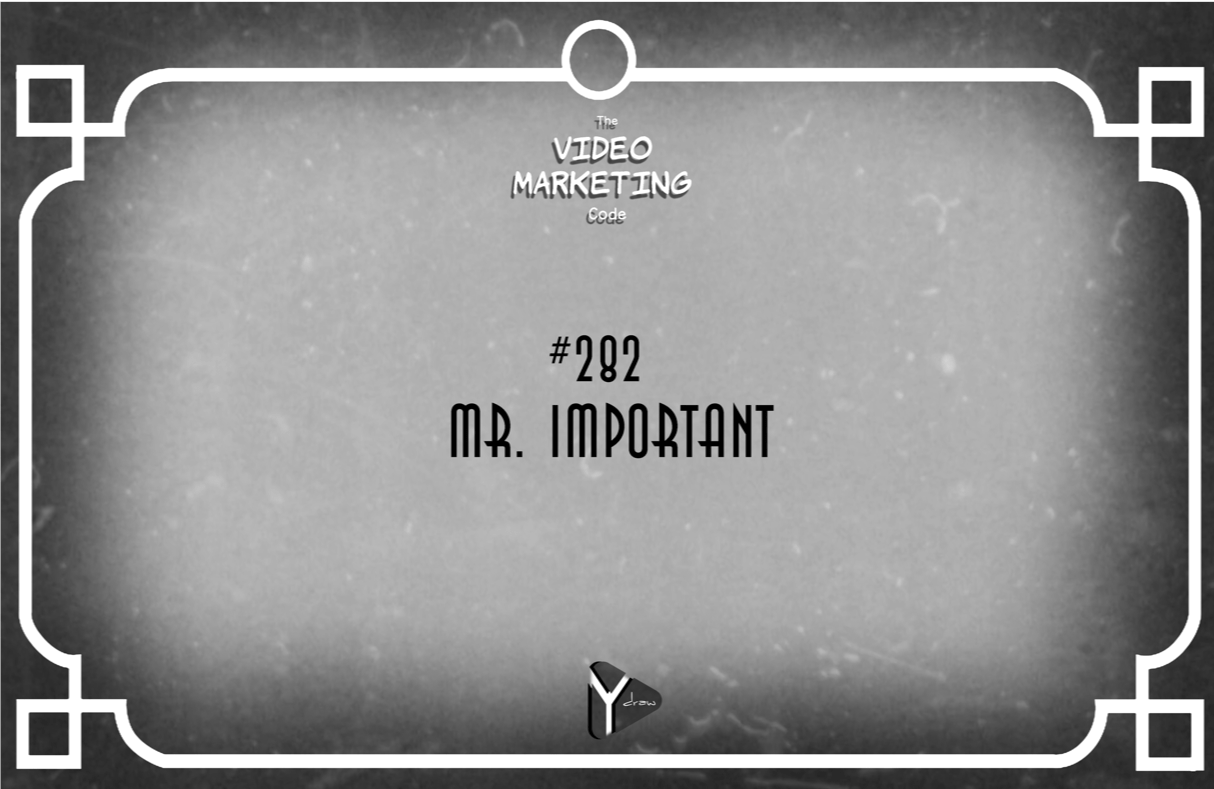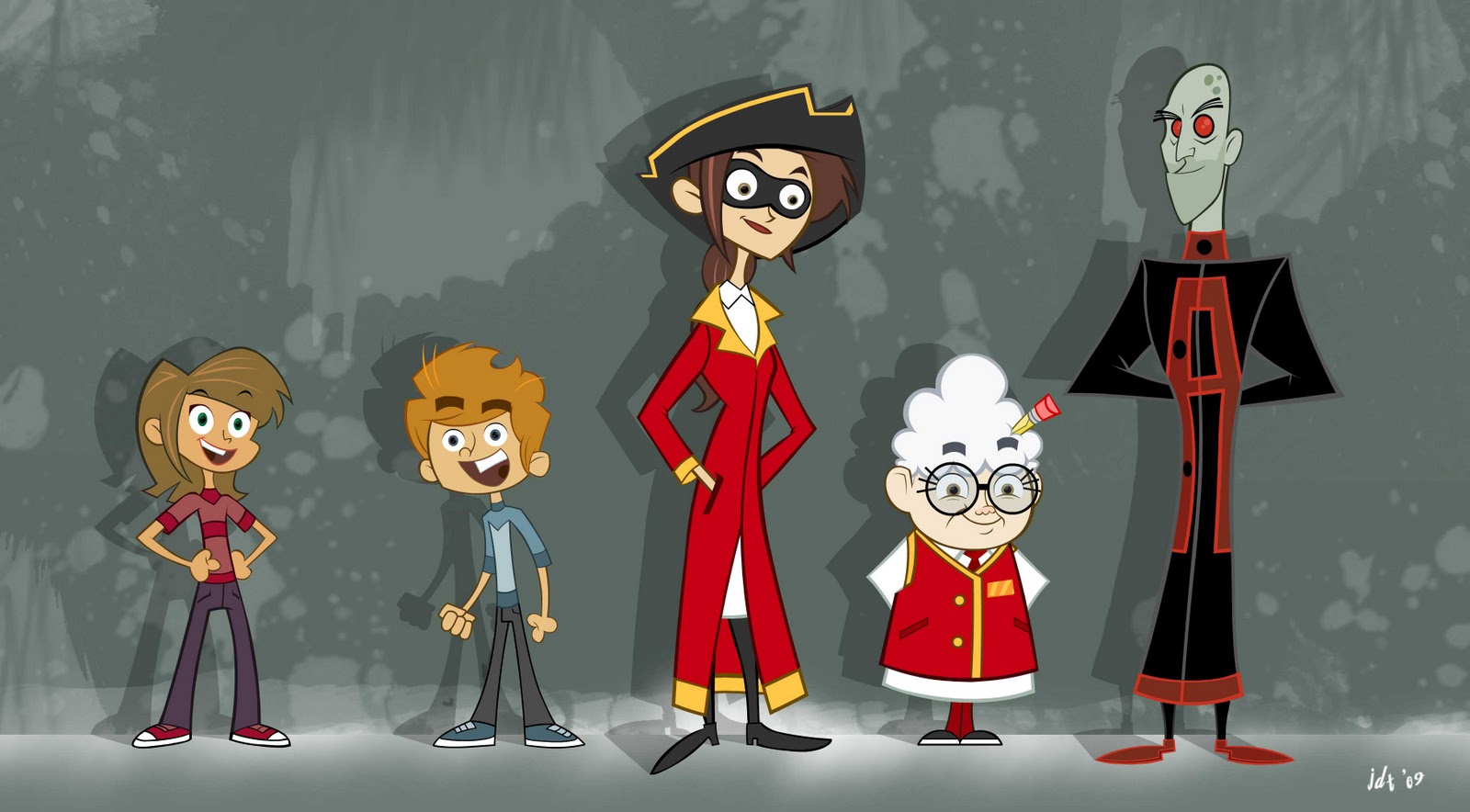by Ydraw | Sep 18, 2018 | Creative Marketing, how to make a whiteboard animation, Simple marketing, Story Telling, Video Content, Video Marketing, Video Strategy Guide, Whiteboard animation, Whiteboard Video, Writing a Script, Ydraw
Here at Ydraw, we work with amazing people every day, from all over the world, to create awesome videos.
Our completely custom videos are perfect for companies, because we can create EXACTLY what they need. From the scripting, to the choice of art style, to your voiceover selection, to our custom music composer, everything is tailored to our customer’s needs.
Since each video is entirely unique, it requires both parties to be equally invested and provide timely feedback. COLLABORATION IS KEY! This can be both a blessing and a curse.
One of the biggest challenges we run into when creating videos is understanding each parties’ roles in the project. We rely on the client to provide the information needed for us to understand their product or service, and in return, ask our clients to trust us when it comes to creating the best content for them.
Sometimes clients will focus in on one minor detail that has little or no impact on the overall messaging of the video, and can eventually lead to an experience or end product that isn’t so spectacular.
For instance, have you ever looked at a word so many times that you convince yourself it’s spelled wrong? The more your stare at it, the weirder it looks… even though it was right from the beginning. This can happen when creating content.
When creating videos, we notice this problem in the artwork phase. For example, a client will get so hung up on the color of “Mary’s shirt”, and before you know it, they’ve convinced themselves that their ENTIRE video is a failure, because absolutely NO ONE is going to understand or even watch the video, if her shirt is red, and NOT blue…

Sounds dramatic… but we see examples like this happen with our clients often.
We completely understand that these projects, these videos, are as important as your first born child! You have a lot of pressure to produce an amazing product, but it’s imperative to remember to step back and focus on the overall message of your video.
So if the color of Mary’s shirt isn’t the most important part to creating a successful video… then what is?
The message!
First, you want to establish your message. Keep it clear and concise! Second, ensure that your content helps to portray that message.
Don’t know where to start? The good news is that Ydraw can do it all for you!
(and don’t worry.. if you want Mary’s shirt to be blue, we’ll make sure it’s the prettiest blue you’ve ever seen.)
by Ydraw | Aug 27, 2018 | Creative Marketing, Emotional Connection, Explainer Video, how to make a whiteboard animation, Marketing, Memory, Simple marketing, Story Telling, video, Video Content, Video Marketing, video online marketing, Video Strategy Guide, Whiteboard animation, Whiteboard Video, Writing a Script, Ydraw

“Hello, my name is Mr. Important the CEO of Important Products… but the true important person is you!”
Uh wrong… Can you believe this guy?
He has officially lost us within the first line.
Code #282: If you want your audience to believe your product is important… focus on them and their needs, not on yourself.
This code is very important when creating successful content.
Don’t be Mr. Important.
by Ydraw | Jul 18, 2018 | animated doodle videos, animated doodle videos, animated explainer video, Animated Whiteboard Videos, animation, Animation Production, Animation Video, Authenticity, Creative Marketing, Emotional Connection, how to make a whiteboard animation, Humor, Marketing, Story Telling, Video Content, Video Marketing, video online marketing, Whiteboard animation, Whiteboard Video, Ydraw
What makes things funny? Our own sense of humor isn’t always funny to the guy sitting next to us. So, let’s look at a few simple principles used in Improv to make your video funny to all of your audience!
First and foremost, there is TRUTH in COMEDY! The funny comes from the experiences we have all had in our lives. Think about sitcoms, why do they work? They take something so simple, like everyday life and exploit it. The ups and downs of dating and heartbreak or fighting for that perfect job, only to find out that it isn’t so perfect. But where does the comedy come from?
The funny comes from the unexpected. The moments of truth. It comes from showing not telling. We have all been there…the time in the grocery store when two people are having a conversation in public and you can’t help but listen, even though you know the topic should have probably been left at home…yeah that stuff.
So let’s take a look at this funny scenario….
We see two shadowy figures digging holes in a graveyard. It’s dark, but we can see that there’s a body behind them. It appears that they are covering up a murder! The scene is quite grim and creepy… so how is this funny? The car lights flicker on and we get a better look of the situation… only to reveal…two clowns? Okay, now this is way more terrifying, but their must be more to the story… so as we get closer, we overhear…
Clown 1:“Look Stan, all I’m saying is I’m sorry she left you. You deserve better!”
Clown 2:“You know Joe I just don’t understand, I did everything I could to make her happy.”
Clown 1:“Hey, you know, it’s okay if you want to cry. It’s just us brother.”
Clown 2: (in tears) “Life is just so unfair! But hey how’s the wife and kids?”
Clown 1: “They’re real good. Sally just started walking…”

The conversation continues as they are digging a shallow grave wearing their clown costumes. So, we know they are clowns, we know they are friends, and we know what happened…but they don’t have to tell us that they murdered this guy. We just know! If we focused on the body, or what happened the scene would drag on, the audience would get board with details and information that they don’t need.
This scenario leads us to the truth of comedy…Relatability!
Think about how you feel when you pop bubble wrap. Did that put a smile on your face just thinking about it? How about when you scoop peanut butter from a freshly open jar, yeah there’s that satisfaction face. See how easy it is to relate? All you have to do is capture a moment when someone has used your product in such a way that it brings a clear feeling to your audience.
Just remember that comedy is subjective, but so is being bored out of your seat. By using these tried and true principles of Improv Comedy, you can help your audience laugh at the unexpected, learn about your great product/service and keep them interested and wanting more.
So, let’s get out there and take a fresh approach to comedy, and whatever you do, if you see two clowns walking your way…RUN!

by Jace Vernon | Apr 22, 2016 | video, Writing a Script
How Can You Produce the Right Message and Get Magical Results?
Let’s talk scripting. How can you write a perfect script?
Simply put, no script=no video, bad script=bad video.
Over the years Ydraw has published (and will continue to publish) posts about script writing since the topic is so important and sometimes can be a hard one to truly grasp.
Your script is the framework or skeleton and life’s blood of a video that will deliver your core message to your audience and draw them in to learn more about you and your company.
I may be stating the obvious here, but everything else that is done with your video, from scene planning to art to voice over, follows and builds on your script. Unscripted delivery is called improv and that only works on stage or on the sales floor.
Whether you’re working with one of our creative directors/script writers or writing on your own, following the six guidelines in this article will save you time and frustration during the script writing process and help you create a perfect and effective script for your video.
1-Know Your Audience and Speak To Them..not At Them.
You have a product or service that will change peoples’ lives and the world deserves to know everything about it! Right?? Wrong!!
Let’s face it, your audience is priority #1 so before you start bullet-pointing all you have to offer, make sure you really understand who you’re trying to reach, put yourself in their shoes, and see how long you’d be willing to listen to your own message.
What is your audience dealing with, how can you help them, what will make them listen to you and why should they? If you were them, what would catch and keep your attention?
Create a fictional person or avatar. Know everything about him or her—write to connect with that “person”.
As a professional writer, whether I’m writing scripts, blogs, articles, screenplays or a full blown novel, I’ve noticed my best work is done when I put my ego aside and find a specific target or “person” to write to. It helps me write in a way that creates a much deeper connection with my audience as a whole.
In the article Script Writing 101: Know Your Audience, Ydraw Creative Director Linne Marsh goes into detail about how to identify your audience and how to gain trust and interest by showing that a product or service you have can “ease their pain”. She also warns against going off on tangents that could drive potential customers away.
2-Include Five Key Elements in Your Script:
These elements are your structure and must be included somewhere in your script, no matter what and no matter how. You can be creative and hint at or even combine some of the elements (your B-Problem can also be your A-Header depending on how you write it) but make sure you incorporate all five.
- A-Header: Have a powerful header or hook to draw your audience in.
- B-Problem: Clearly identify a problem your audience can relate to.
- C-Solution: Show how your product, service or idea will remedy that problem.
- D-Testimonial or Proof: Provide testimonials or an example of when or how it has worked for others.
- E-Call to Action or Offer: Invite your audience to buy, click a link, send an email or make a call, whatever it is you want them to do, at least once during your video.
3-Follow the Made to Stick Principles:
Jace Vernon wrote an in-depth article called 5 Step Guide to Writing A Script the “Made to Stick” Way about one of his favorite marketing tools; The Made to Stick Model by Chip and Dan Heath. Read the book. If not the book, at least read or re-read Jace’s article—it is well worth your time!
Put these tried and true Made to Stick guidelines listed below into practice and you will see results!
- A-Simple: Save the nitty gritty details of your product, business or people until after you’ve gotten your audience wanting to know more. Keep your message clear, simple and relatable.
- B-Unexpected: Have an element of surprise to your message to catch and keep attention. Have fun with this. Use off the wall ideas or metaphors, unexpected facts and definitely include humor when you can!
- C-Concrete: Create a very clear picture of your message for the audience. Avoid being too abstract.
- D-Credible: Use statistics or authorities/experts to validate the benefits of what you are offering.
- E-Emotional: Playing to your audience’s emotions is so critical! People remember messages when they feel something during delivery. So many decisions are made emotionally!
- F-Stories: Make sure your script has an engaging story your audience will get involved with and want to watch through to the end.
4-Write in Memorable Scenes
We love what we do and we love our videos! What isn’t to love about watching a cartoon being drawn and listening to an entertaining story, right?
Where making people smile is definitely right at the top of our list, the reason we are here is to help you market your message. If too much focus is on creating a captivating cartoon, your message could get lost in the art of your video.
Keep in mind, the human brain thinks in pictures.
This is why Ydraw videos are done in shorter scenes rather than one long visually stimulating story.
For example, say you want to market a program to help with finances. It could look like this:
- Scene 1: A family of five is having financial struggles.
- Scene 2: Your amazing program can help them organize their finances just like it has helped dozens of others.
- Scene 3: The family uses your program and they are able to afford a trip to Disneyland.
- Scene 4: Invite your audience to call the number on the screen and talk to a financial expert NOW!
Of course there would be a lot more to the script, but if you focus on the main points, put them into scenes and write catering to those scenes, your audience is going to walk away remembering what you want them to remember.
5-Write with Pictures in Mind
Writing a whiteboard script is very different than just about any type of writing. You have a short period of time to tell a story while it’s being drawn to life on the screen before your audience’s eyes.
Yes, your script is the foundation and most critical part of your video, but the pictures are what people see and remember–and that’s why you’re here.
As you think of your scene, think of potential accompanying visuals and write only what will be said by the voice over artist.
The beauty of whiteboard video is that pictures do a lot of the explaining for you and this cuts down on your word count. A good rule of thumb for word count is to keep it between 150-160 words per minute. Writing that way might be more challenging than you think but you’ll notice much more clear and memorable messages as you write with the pictures in mind.
6-Make Sure Your Script Isn’t Boring
There are enough boring things to read and watch in this world.
Clients admittedly come to us with necessary but less than exciting products and services. We make learning about somewhat mundane things un-boring with metaphors, humor and unexpected twists.
Enlist the right side of your brain and add life and character to your message so it grabs and keeps attention, is memorable, and makes magic that encourages potential clients want to learn more about your business and you!
Thank you for reading “How to Write a Perfect Script”
To dig even deeper, read the articles below.
How to Write for Corporate Video
Newest Video Scribing Video | 3 Ways to Improve the Script
5 Step Guide to Writing a Script the “Made to Stick” Way
Script Writing 101: Know Your Audience
Video Script Writing: Another Form of Selling
Script Writing Infographic
3 Steps to Creating a Perfect Whiteboard Animation Script
The Elements of a Great Script | Meet Ydraw’s Scripting Team

by Ydraw | Feb 25, 2012 | Writing a Script
Video Script Writing: Another Form of Selling
Video Script Writing is nothing more than a power form of selling. Lets not forget what we create videos for! We want to win audiences over to our way of thinking. When you have a product or service that the world needs, it is your job to convince them to buy your product or service. It’s up to you–nobody else will do it for you.
That’s it folks. Ask yourself this question: “Are you getting the results you want from your marketing videos?”
Today while reading a couple articles about politics I began to think about the candidates. None of them are performing very well and it is my opinion that the reason is because they aren’t persuading the American people they are the right ones for the job. There is just no vision, no dream and definitely no real convincing power. They are so worried about bashing each other that they have forgotten how to persuade. Are you getting this? You can avoid making the same mistakes.
This last week I had the chance to go down to the 7 Speaking Empire Event in Florida. It was great and I really enjoyed the presentations. Everyone who got up on that stage had a way of expressing their hopes and dreams. They inspired the audience to take action. Not only did they inspire people to action, they did it in a positive, optimistic way. One particular presentation was given by Ted Thomas on Trial Closes. Here is a great quote by Ted:
“Most people are like automobiles. They can be pushed or pulled along or they can be moved to take action by starting their own motion from within. In either case, you must provide the fuel. And the only fuel that will start this sort of action from within you or anyone is “DESIRE!” Arousing desire in your listeners is known as the gentle art of exercising persuasion.”
Lest we forget that our job as video producers is to persuade, convince, and motivate people into action. We do that by implanting a desire. So how do we do this quickly and effectively? By planting seeds all through our conversation and presentation. This can really make a difference in your life!
+Jace Vernon
+Alecsy Christensen




